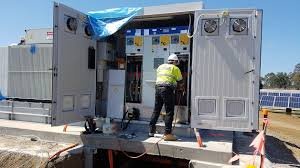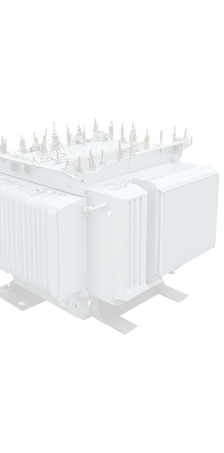In today’s industrial world, the safe and efficient servicing transformer process is not just about maintaining power delivery—it’s about meeting strict compliance standards. Whether you’re dealing with a small residential transformer or a large industrial unit, following safety regulations and servicing standards is crucial. Neglecting these standards can lead to equipment failure, power outages, or even legal liabilities.
This blog explores the compliance standards that every transformer service must follow, ensuring long life, optimal performance, and regulatory adherence.
Why Compliance in Servicing Transformer Matters
Transformers play a critical role in power transmission and distribution. When a transformer fails, the consequences can be serious—especially in commercial or industrial settings. Proper servicing ensures safety and efficiency, but it also ensures that your business stays in line with legal and environmental regulations.
Government agencies, such as OSHA and ANSI, have specific safety and compliance rules when it comes to servicing transformer units. These standards regulate how transformers are tested, repaired, cleaned, or upgraded.
Key Compliance Standards in Transformer Servicing
Let’s break down the major compliance standards you should know when servicing a transformer:
1. Insulation Testing & Oil Analysis
One major compliance point is the condition of the transformer’s insulation system. The dielectric strength and chemical properties of the oil are tested during every major service. DGA (Dissolved Gas Analysis) is often required under safety protocols, especially for older or used transformers.
2. Environmental Compliance (EPA & ISO 14001)
Leakage or improper disposal of transformer oil can lead to severe environmental penalties. Transformers must be serviced in accordance with EPA regulations. ISO 14001 compliance also requires companies to implement an environmental management system (EMS) when dealing with surplus or sell used transformers.
3. Safety Procedures under OSHA Standards
Every technician involved in servicing transformer equipment must follow OSHA’s safety procedures. This includes proper grounding, lockout/tagout procedures, and wearing PPE (Personal Protective Equipment).
Regular Servicing and Inspection Checklists
Scheduled servicing helps prevent long-term issues and ensures that every unit runs smoothly and safely. Here’s a quick checklist followed during compliance servicing:
- Inspecting bushings and windings
- Oil filtration and regeneration
- Tap changer cleaning
- Power transformer load test
- Grounding check and resistance testing
- IR (Insulation Resistance) measurement
These checks align with IEEE and NETA maintenance standards to guarantee consistent performance and long-term safety.
Who Should Service Your Transformer?
Not every service provider understands compliance standards well. It’s essential to hire professionals who specialize in surplus transformers and are updated with the latest national codes.
If you’re searching for “used transformers for sale near me,” make sure the company also offers certified maintenance and service packages. Many top providers offer turnkey transformer solutions, from sales to certified servicing.
Record-Keeping and Compliance Documentation
Documenting every step of your servicing transformer process is more than just good practice—it’s often legally required. Records should include:
- Date and type of service
- Test results (DGA, IR, etc.)
- Service technician details
- Part replacements or repairs
These documents help demonstrate compliance during inspections and audits.
End-of-Life Servicing and Disposal Standards
Once a transformer reaches the end of its life, compliance doesn’t stop. It’s crucial to follow the right disposal or resale methods to prevent penalties and environmental damage.
If you’re planning to sell transformer, work with a certified transformer company that offers recycling and resale in accordance with EPA guidelines.
Servicing Transformer in Industrial vs. Residential Areas
The compliance requirements vary depending on where the transformer is installed. For example:
- Industrial Units require more frequent oil testing, thermal imaging, and electrical stress analysis.
- Residential Transformers usually need basic cleaning, oil checks, and protection device inspection.
Local code compliance is also a big factor, especially if you’re working with transformers in California.
What to Look for in a Transformer Service Provider
Before hiring a service team, verify:
- Are they certified to handle transformer rewinding?
- Do they offer transformer services with full documentation?
- Can they provide emergency response and safety compliance checks?
- Do they work with transformers buyers and sellers legally?
Choosing the right service partner ensures both technical efficiency and compliance safety.
Final Thoughts
Servicing transformer equipment isn’t just about fixing or cleaning—it’s about protecting people, the environment, and your investment. Following compliance standards ensures that your transformer not only works better but also stays on the right side of the law.
Whether you’re operating a large facility or simply need to buy used transformers for a project, always ensure the servicing is done under certified protocols.
Remember: safety first, compliance always.



